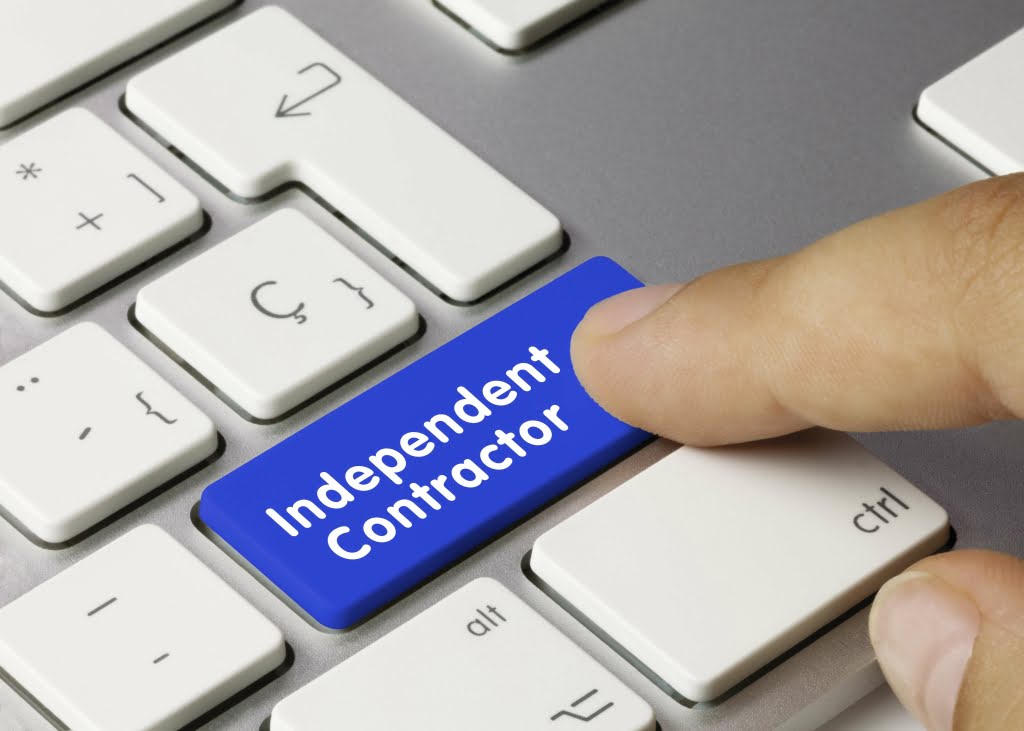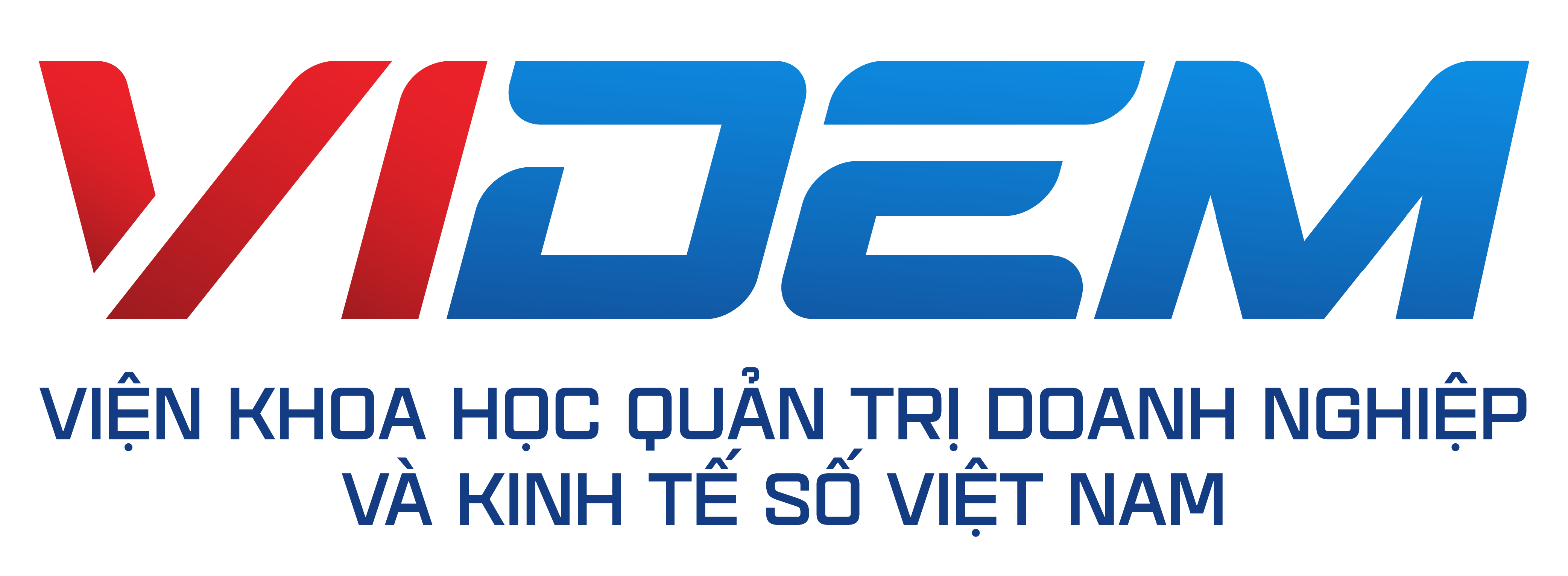How to Account For Obsolete Parts Inventory at Your Automotive Dealership

The journal entry for obsolete inventory reserve is often a best guess rather than hard numbers. However, you can’t be sure it will sell at that price, so you may have to adjust the reserve to reflect reality. If it then sells, you debit $10 to Inventory Reserve and credit $10 to Inventory.
Poor inventory management

After you identify the obsolete inventory, you next determine the disposition price. For an outdated cellphone, maybe you drop the price by a third to attract bargain hunters. Industry standards and guidelines, as well as your own business experience, help with the judgment call. The credit entry to the “Allowance for Obsolete Inventory” account — which functions as a contra-account — offsets the inventory line item to calculate the ending net value of inventory for the reporting period.
An example of recording a contra asset
It reduces the net value of your inventory asset account on your balance sheet. It will hold the lost value of the obsolete part until the part is eventually disposed of. The method used for inventory write-off depends on the circumstances surrounding the write-off. The direct write-off method is used when inventory becomes obsolete, damaged, or unsellable due to specific events, while the allowance method is used when a company expects to have a certain amount of inventory losses. The FIFO, LIFO, and weighted average methods are used to determine the cost of inventory write-offs.
Get visibility over your sales and stock

Inventory is considered an asset since it’s purchased with the intent to sell. Though carrying some obsolete inventory is inevitable, it’s important to help avoid accumulating too much inventory that is at risk of losing its value. At the end of an accounting period or fiscal year, the unsellable inventory must be reported on as an inventory write-off in accordance with the Generally Accepted Accounting Principles (GAAP). You may not need to use contra asset accounts right now, but as your business grows, using contra asset accounts will likely become a necessity. The contra asset account, accumulated depreciation, is always a credit balance. This balance is used to offset the value of the asset being depreciated, so as of September 1, your $8,000 asset now has a book value of $7,866.67.

A well-designed warehouse setup, the right equipment, well-trained warehouse staff, appropriate shipping of fragile items, and proper warehouse receiving processes can all help reduce the risk of inventory losing value. An inventory write-down, also referred to as “inventory impairment,” is an accounting term that recognizes when your inventory’s market value falls below the book value, but it still considered sellable. Quality control measures can help prevent inventory write-offs due to damaged or defective products. Companies should implement quality control procedures to ensure that products meet established standards and are not subject to damage during storage or transportation. Under this method, inventory is written off based on the cost of the most recent units in inventory.


Further, conservatism in accounting is rooted in the notion that understated revenue and asset values are preferable over the opposite scenario, where recorded costs and liabilities are understated. An Inventory Write-Down is a reduction in the book value of inventory recorded on the balance sheet to reflect its impairment. If you’re writing allowance for obsolete inventory off small amounts of inventory, you don’t require separate disclosure on the income statement. Donating it – A tax deduction may be taken if the obsolete inventory is donated to a charitable cause at no cost to the charity. If the inventory is used directly to care for the needy, ill, or infants additional deductions may be available.
What Is the Process for Writing Down Obsolete Inventory?
Obsolete inventory accounting
What is an Inventory Write-Off?
- The expense recognized in the income statement reduces the company’s net income, which in turn reduces the company’s operating cash flow.
- ShipBob has an analytics tab in their dashboard with all of this information, which is great for end-of-month reconciliations.
- While the write-down of inventory does not directly affect cash flow, the reduced net income decreases the cash generated from operations when using the indirect method.
- Data-backed inventory replenishment decisions can reduce the amount of dead stock you have as well as inventory carrying costs.
- Once inventory loses value, it must be reported on immediately, as it can impact a company’s net income.
- Though obsolete inventory can still impact ideal profit margins, putting items on sale can help replenish some of the costs by attracting bargain shoppers.
- Generally Accepted Accounting Principles (GAAP) rules require you to account for the loss promptly in your bookkeeping.

Viện Khoa học Quản trị Doanh nghiệp và Kinh tế số Việt Nam
Viện khoa học quản trị và kinh tế số Việt Nam ( VIDEM) là đơn vị có chức năng tư vấn, kết nối các doanh nghiệp Việt Nam trong việc áp dụng khoa học, chuyển giao công nghệ, tham gia mạng lưới sản xuất, hệ thống phân phối, kinh doanh theo quy định Pháp luật Việt Nam, theo Luật pháp Quốc tế mà Việt Nam tham gia hoặc công nhận.
Thông tin liên hệ
Hotline: 024 3674 1116
Email: info@videm.vn
Địa chỉ: 562 Nguyễn Văn Cừ, phường Gia Thụy, quận Long Biên, Hà Nội

